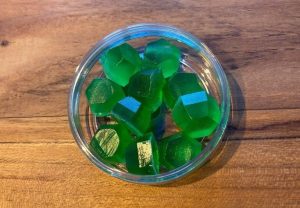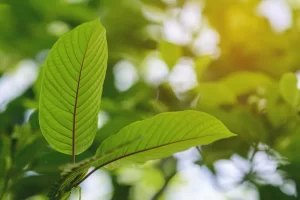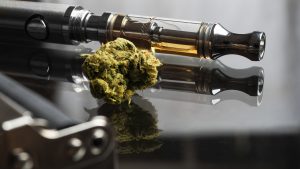
Medium Density Fiberboard (MDF) is a widely used engineered wood product, but its production does have environmental implications. Understanding the environmental impact of 6mm mdf sheets involves considering various factors, including sustainability, recycling, and emissions.
**1. Raw Material Sourcing:
MDF is primarily made from wood fibers obtained from trees. The sustainability of MDF production depends on responsible forestry practices, such as reforestation and proper management of forests. Some manufacturers use wood by-products and recycled materials to reduce the demand for virgin timber.
**2. Energy Consumption:
The production of MDF requires energy for processes such as wood fiber preparation, drying, adhesive application, and pressing. The energy sources used in MDF production play a role in determining its carbon footprint. Manufacturers that use renewable energy sources or have efficient energy management contribute to a lower environmental impact.
**3. Emissions and Air Quality:
MDF production involves the use of adhesives, often containing formaldehyde-based resins. Formaldehyde emissions can contribute to indoor air pollution and impact human health. Manufacturers are increasingly adopting low-formaldehyde or formaldehyde-free adhesive options to mitigate emissions.
**4. Waste Management:
MDF production generates waste in the form of wood residues and trimmings. Proper waste management practices, such as recycling wood waste into other products or utilizing it for energy production, can minimize environmental impact.
**5. Recycling and Disposal:
While MDF is not as easily recyclable as some other materials, efforts are being made to improve its recyclability. Some manufacturers are exploring ways to recycle MDF waste into new panels or use it for energy recovery. Proper disposal of end-of-life MDF is crucial to prevent it from becoming landfill waste.
**6. Certifications and Regulations:
Environmental certifications like the Forest Stewardship Council (FSC) and the Programme for the Endorsement of Forest Certification (PEFC) provide assurance that wood used in MDF production comes from sustainably managed forests. Additionally, regulations governing formaldehyde emissions, such as CARB (California Air Resources Board) standards, aim to limit the release of harmful substances.
**7. Life Cycle Assessment (LCA):
Life Cycle Assessment evaluates the environmental impact of a product throughout its entire life cycle, from raw material extraction to production, transportation, use, and disposal. Conducting LCAs for MDF production helps identify areas for improvement in terms of energy efficiency, emissions reduction, and sustainability.
**8. Corporate Social Responsibility (CSR):
Companies engaged in MDF production are increasingly focusing on corporate social responsibility by implementing sustainable practices, reducing environmental impact, and supporting communities affected by their operations.
Conclusion:
The environmental impact of 6mm MDF sheets is influenced by factors such as raw material sourcing, energy consumption, emissions, waste management, and recycling efforts. As awareness of environmental concerns grows, manufacturers are adopting sustainable practices, seeking to reduce emissions, exploring recycling options, and adhering to certifications and regulations to minimize the environmental footprint of MDF production. Consumers and businesses can make informed choices by considering eco-friendly MDF options and supporting manufacturers committed to sustainability.







